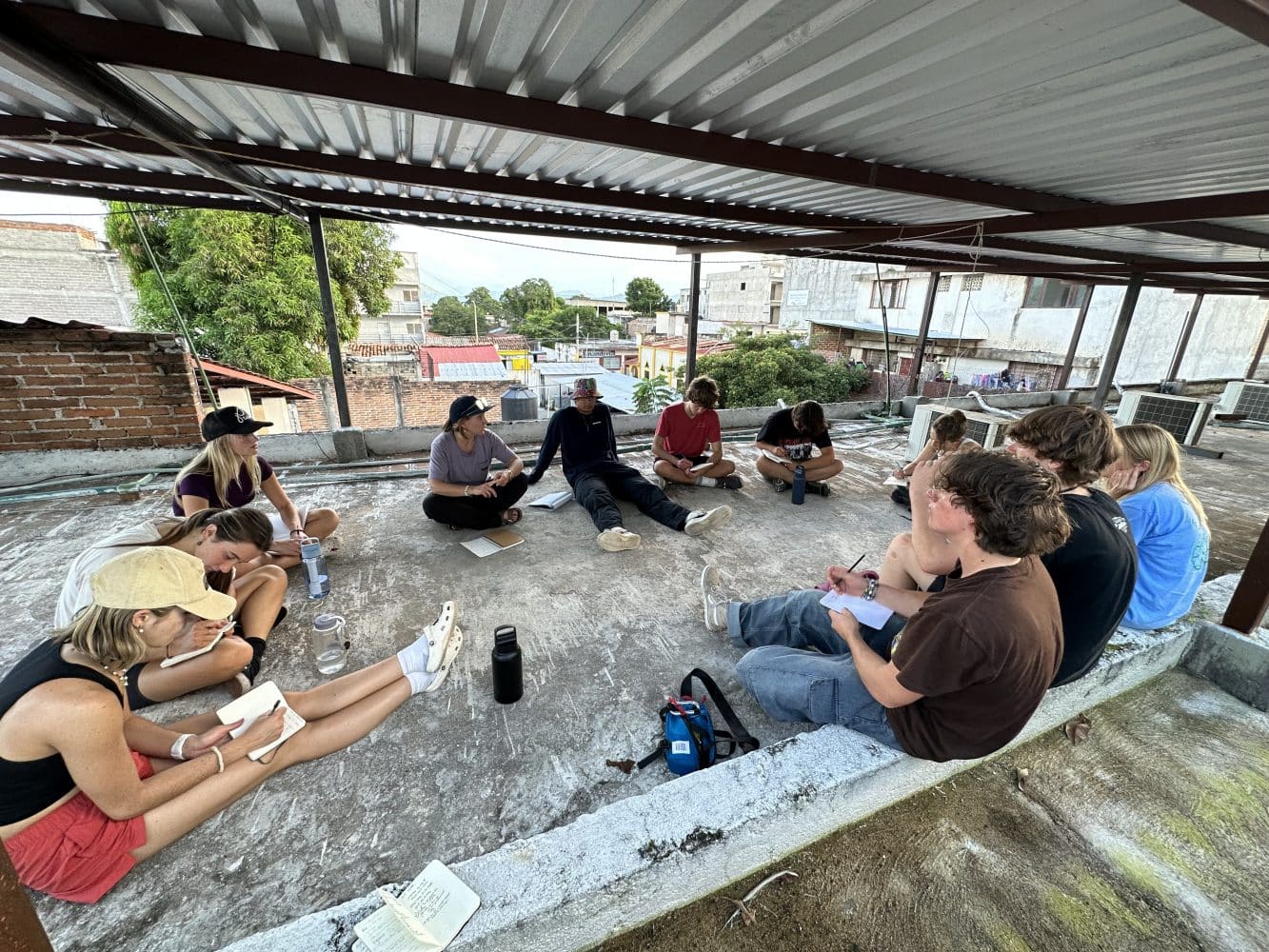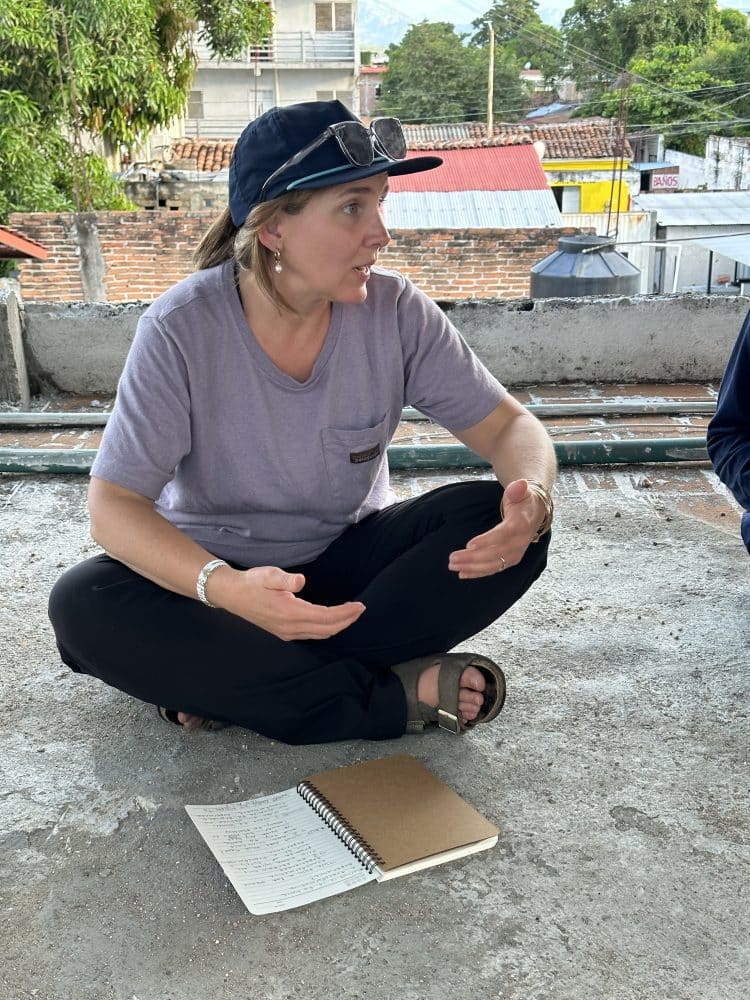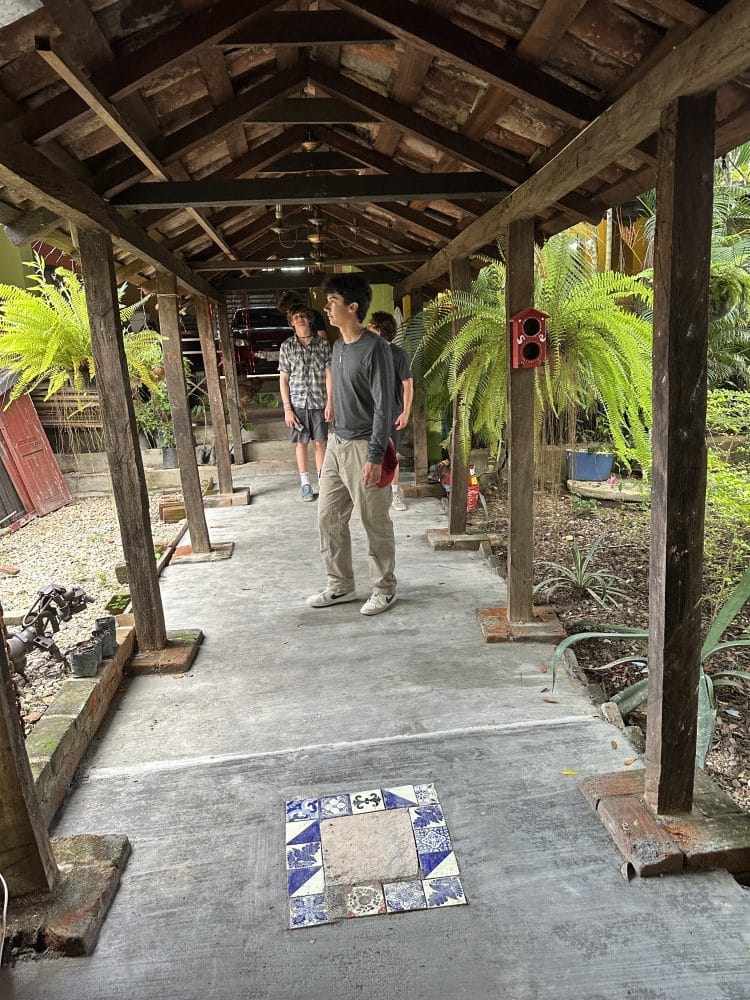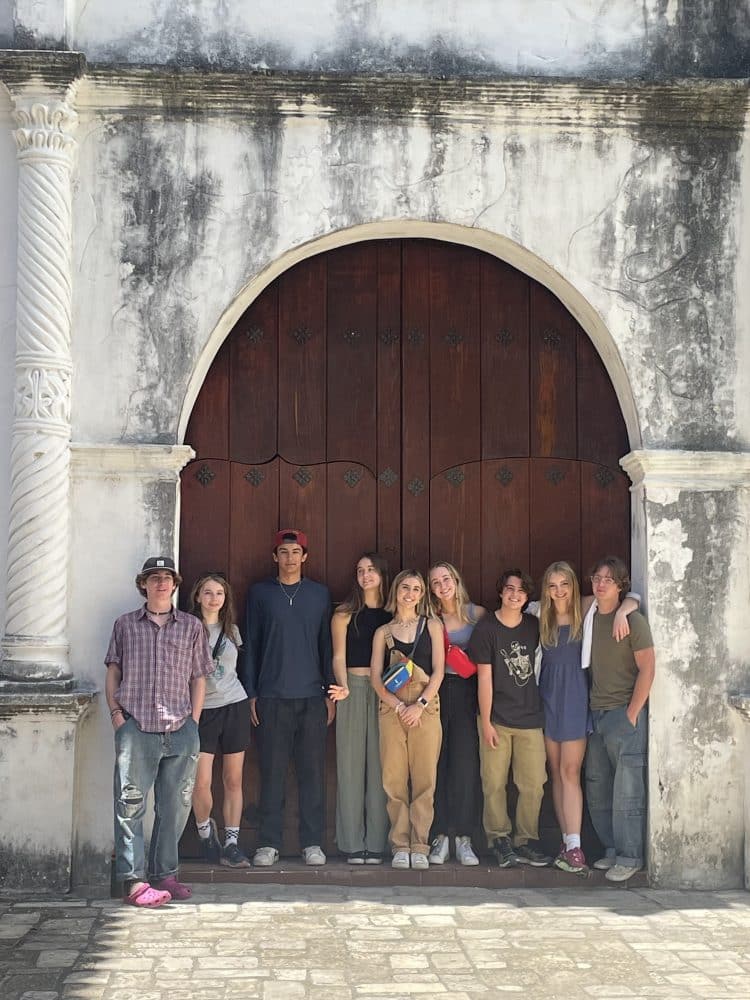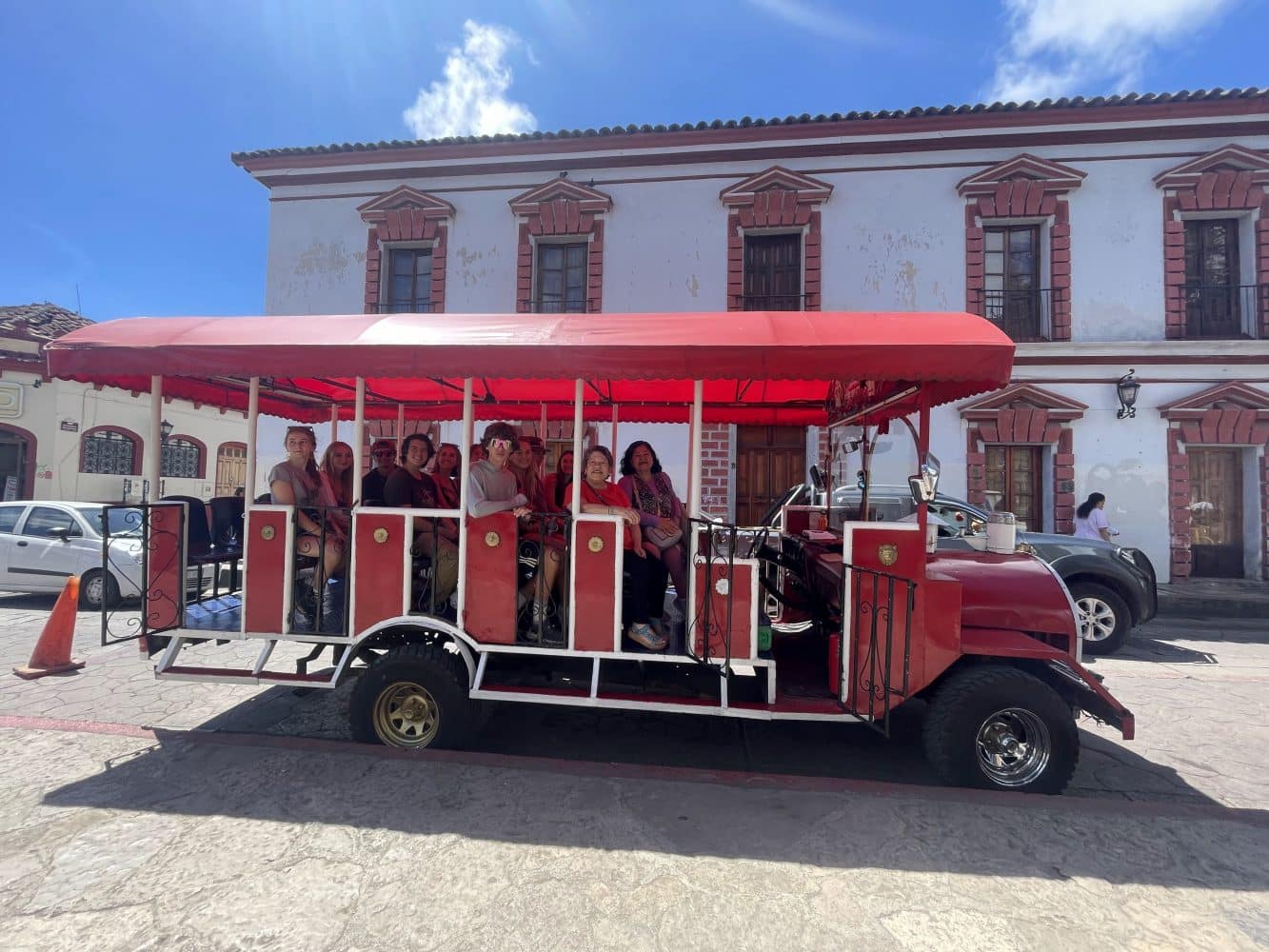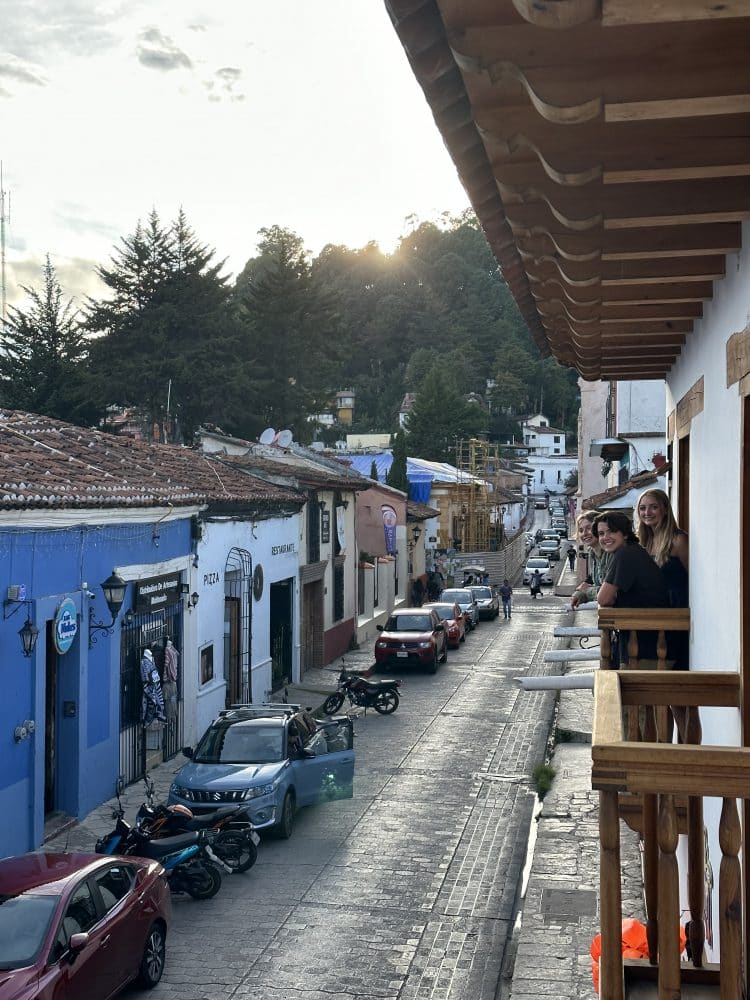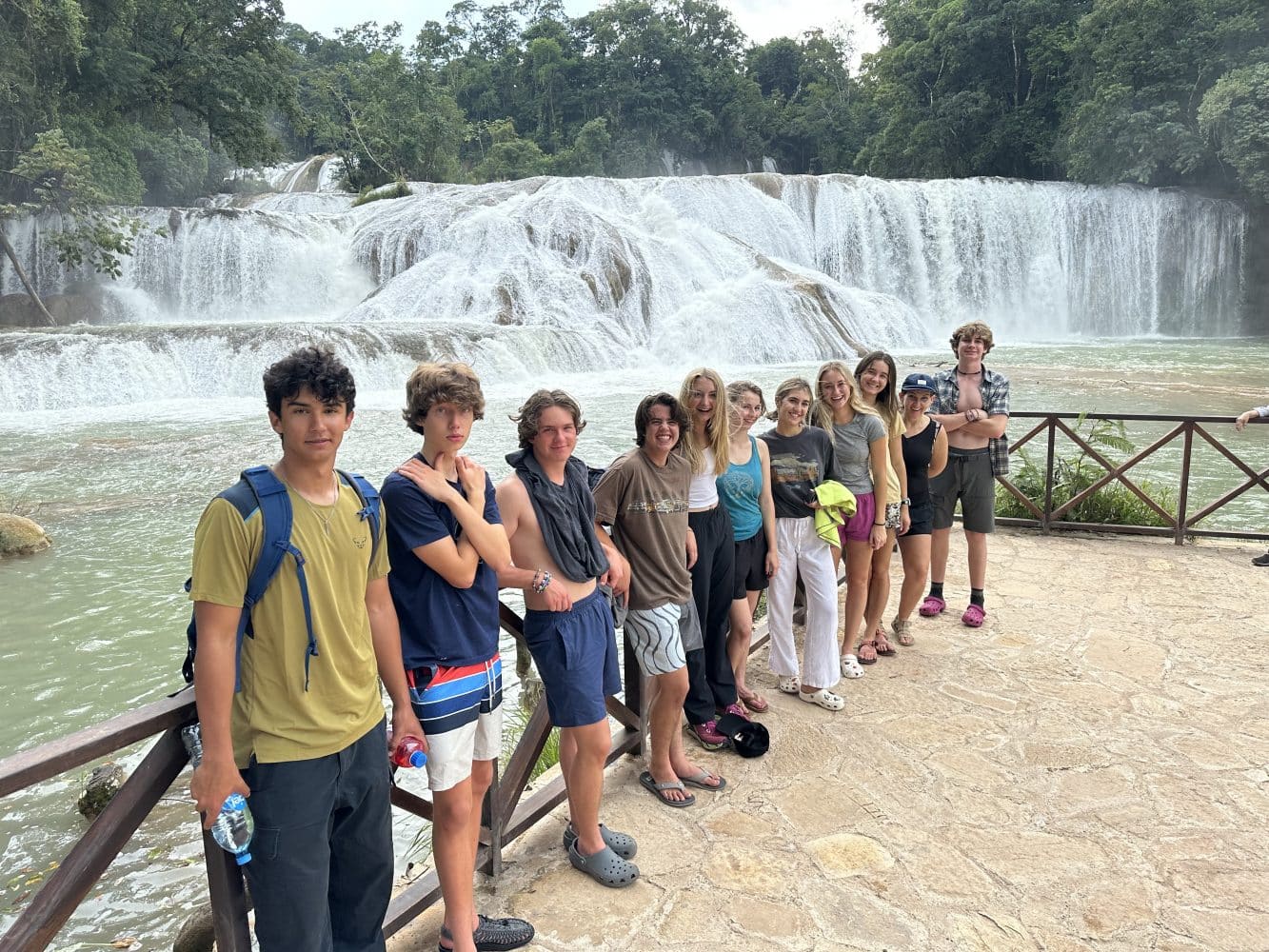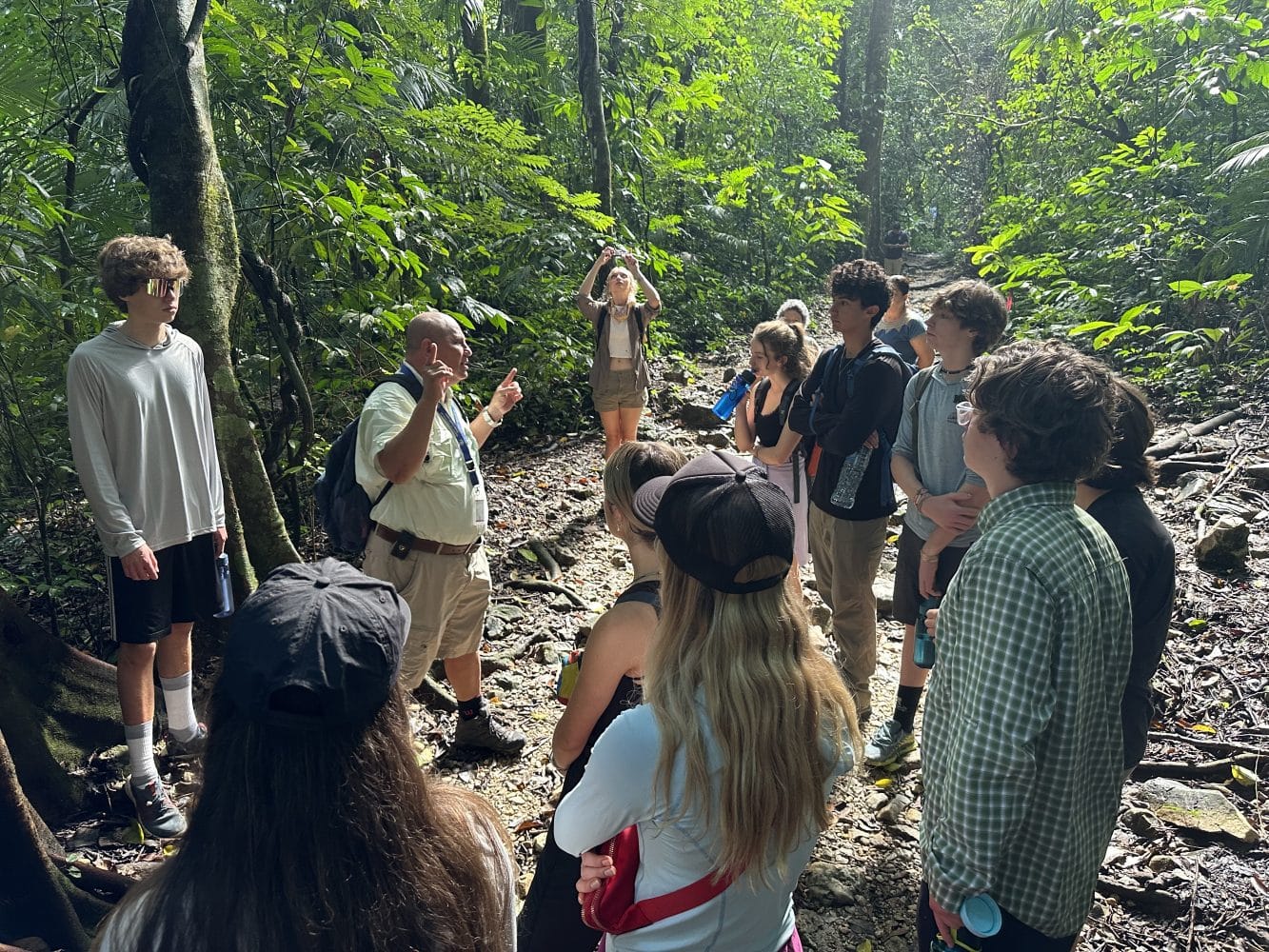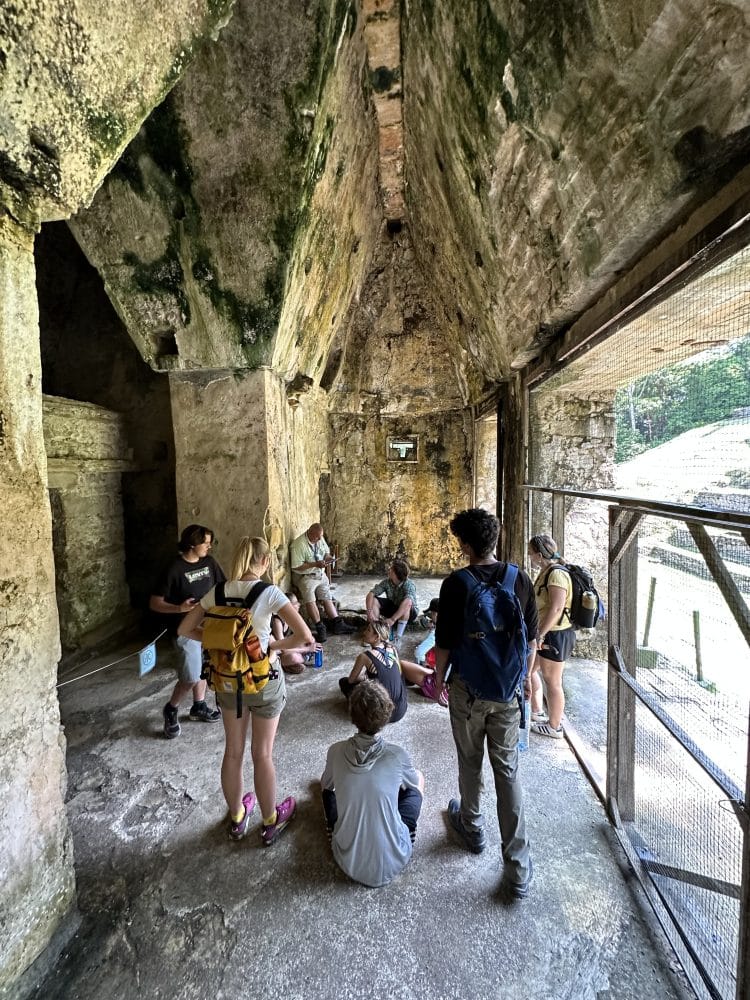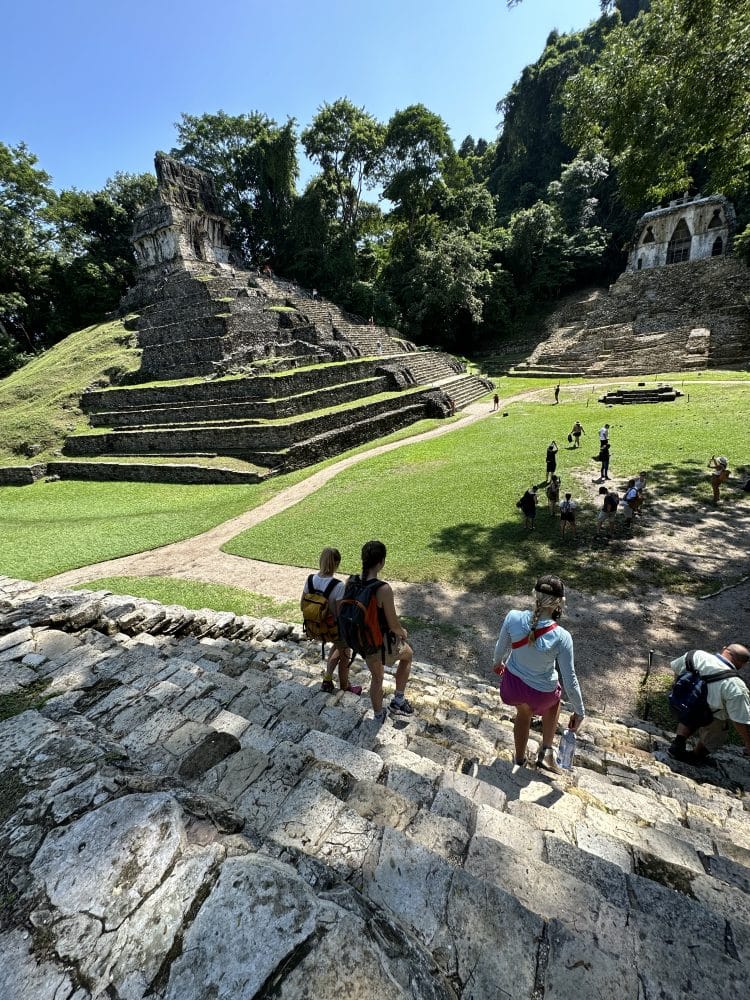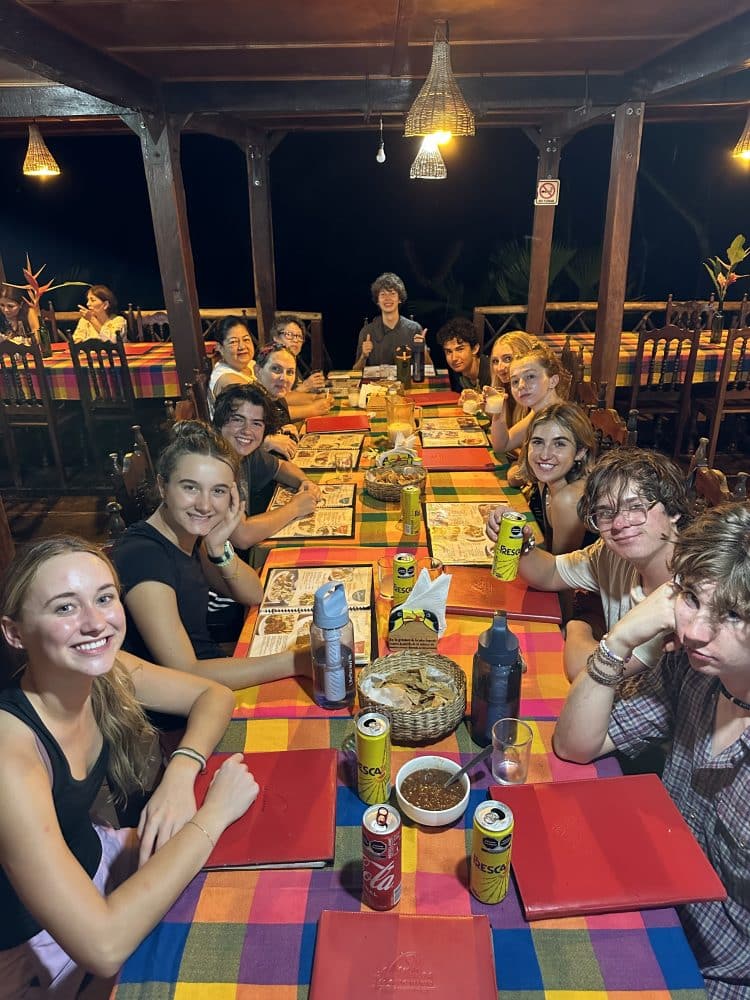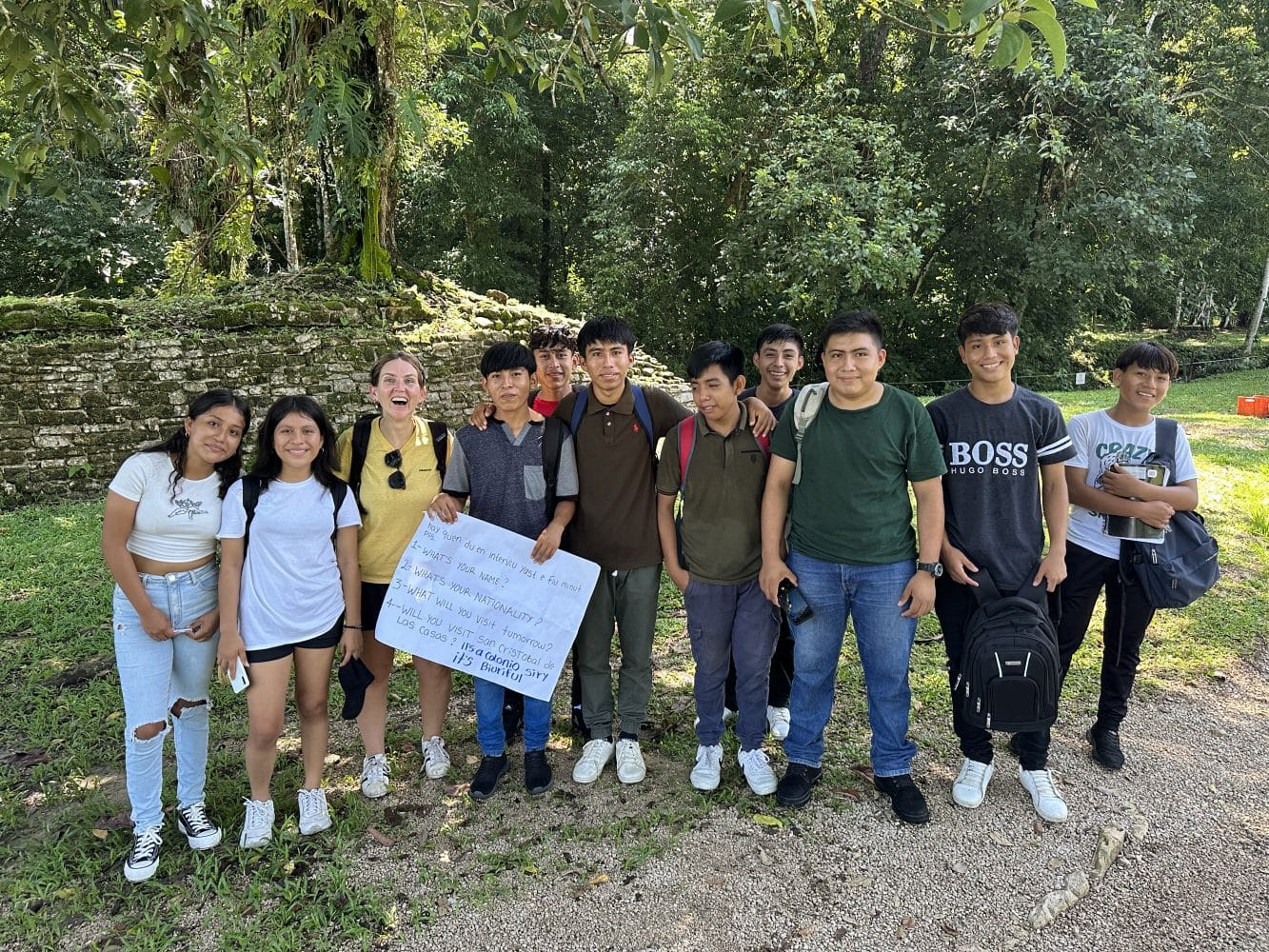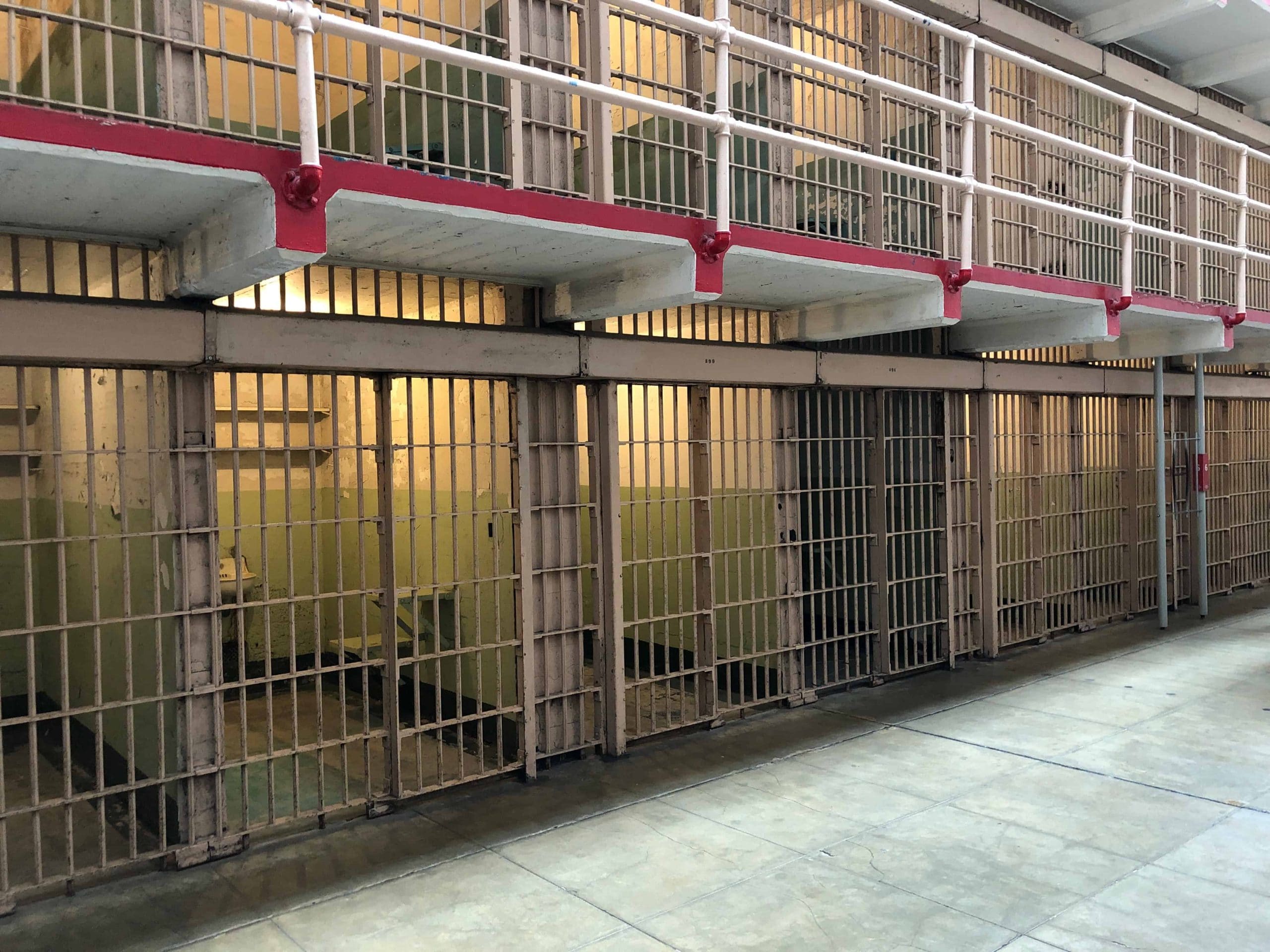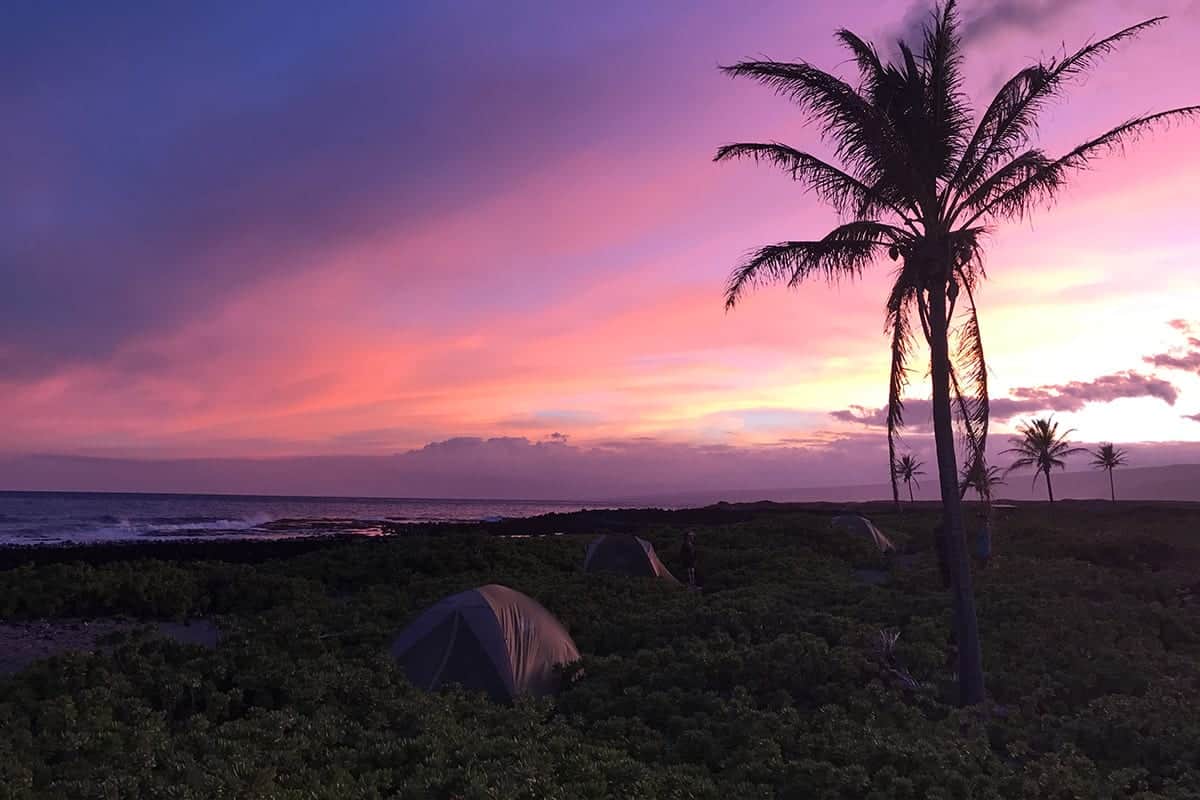12th Grade Expedition Debrief: Chiapas, Mexico!
"In many places we can talk about ideas like indigenous rights and sovereignty, poverty, land-use, deforestation, the arc of civilizations, the cost of globalism, the complexities of immigration, and the impacts of isolation and destabilization. Chiapas is a story of all of these things, all of the time."
Words and photos by Andy Giordano
On the heels of our Mexico Expedition, I once again find myself overflowing with admiration for our Senior Class, and fairly overwhelmed at the task of contextualizing what was, sincerely, a transformative fieldwork experience. Heather and I were constantly impressed by the students’ ability to travel well. They navigated complex conversations in two languages, said yes to every opportunity that arose, and continually showed themselves to be kind and thoughtful global citizens. In today’s reflection, expressions about the trip covered sentiments including: “this was almost certainly the best TEA trip for me ever,” “I just wish I was still in Mexico,” and, “all of the learning we did was so well imbedded into the flow of our experiences.”
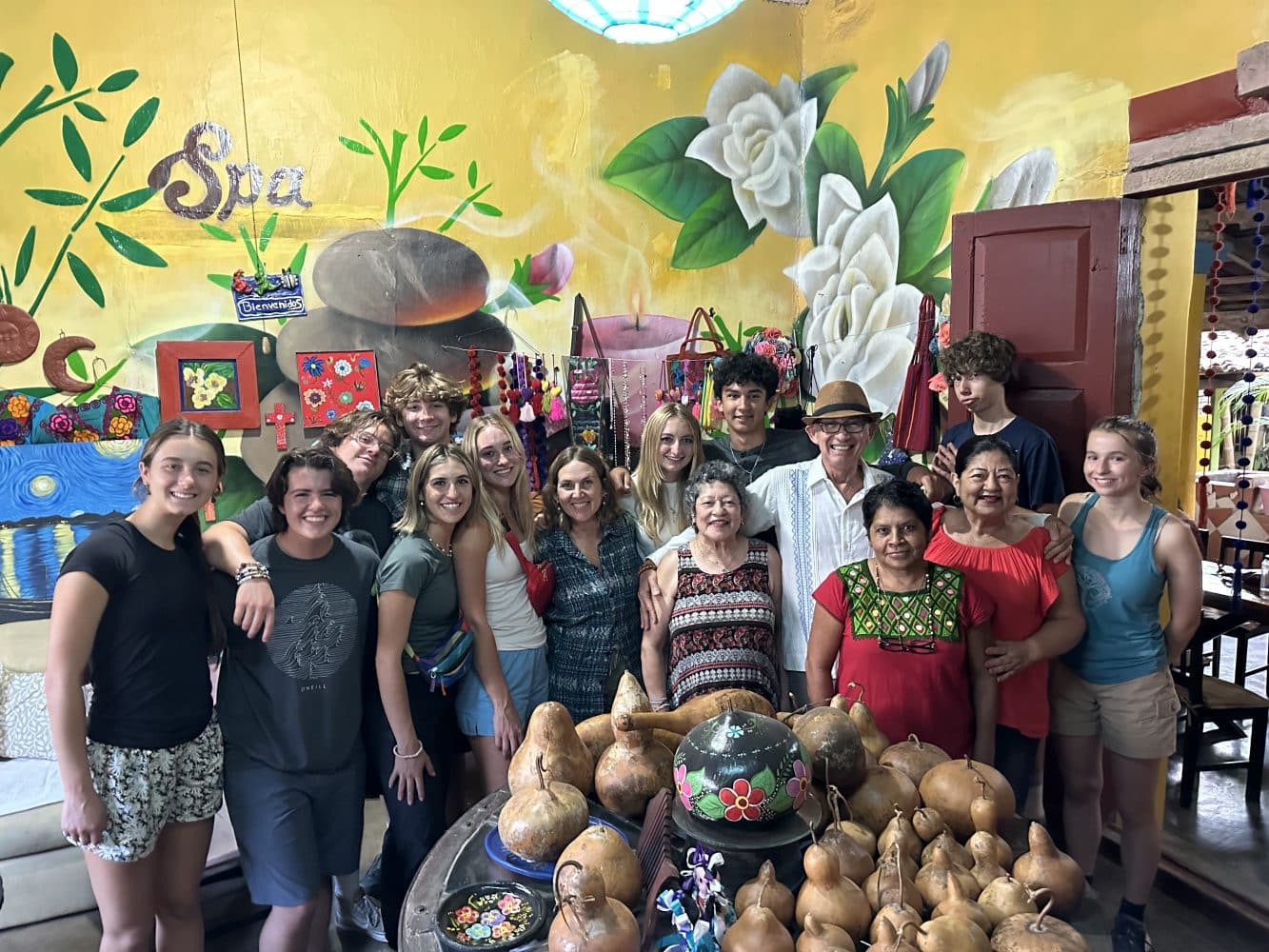
I want to thank a lot of folks for supporting this experience. First and foremost, the kids; they rocked this trip. Secondly, Heather, who was the best co-lead I could ask for. Thirdly, our in-country guides and Heather’s family (Aunt Ruth and driver Iber, among others), who hosted us, travelled with us, made excellent decisions and recommendations constantly, and without whom, this trip could not have happened. Lastly, always, to you, the parents, for everything you do.
Student voices do the best job of reflecting our experience. I do, however, have a few stories to relate.
On day 2, we visited a Veterinary Clinic in Villaflores. This Clinic is owned and operated by one of Heather’s cousins, Mara. While we had hoped and intended to do service work, instead we were treated to a front row seat to a series of spay and neuter surgeries. Students mostly stomached the surgeries, learned a lot about anatomy, and asked a thousand questions.
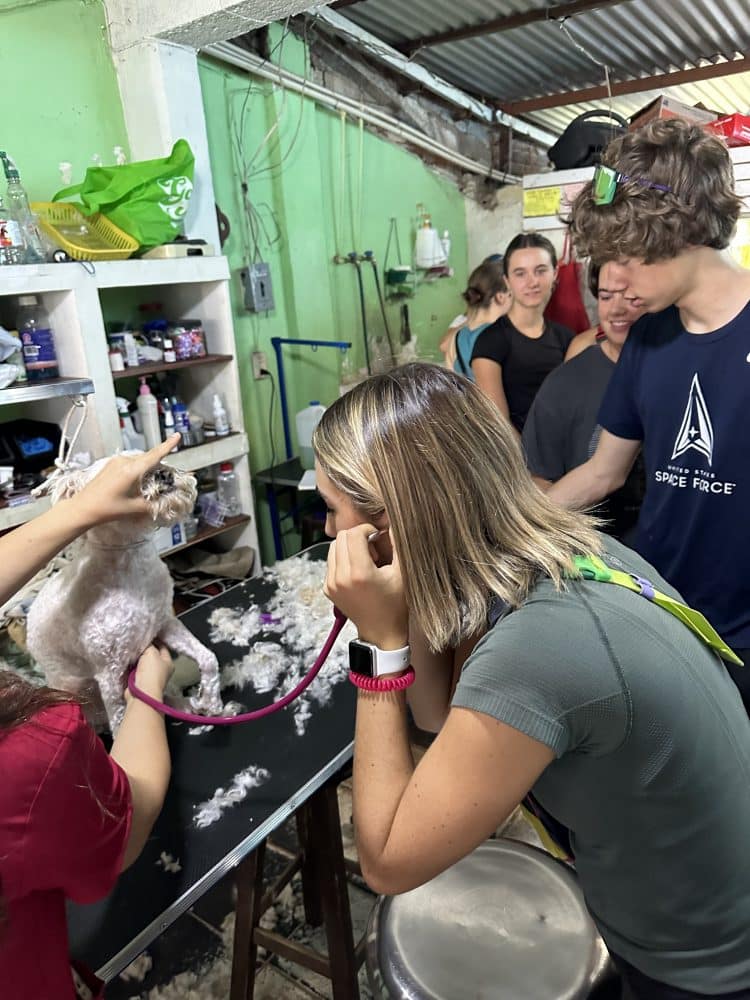
On day 7, we explored the Maya ruins of Palenque and Bonampak. These distinct and important archeological sites contain clues and explanations that help researchers understand the rise and fall of cultures, a key learning target for us on this trip. This was a bucket list experience for me. It also coincided with the solar eclipse, at 80% totality. As we learned how the Maya predicted solar eclipses, built temples that interact with the sun and stars based on their layout, and generated their sophisticated calendars, we looked up at the eclipse through our solar glasses. A group of local students interviewed many of us, in English, for their English language class. It was exciting to see our students grapple with the reality that most people struggle to find confidence in a second language, but they can, and do, when they put themselves out there. In Bonampak, we studied the “Sistine Chapel of the Maya,” 3 rooms with incredibly preserved frescoes. These frescoes depict, in propagandist fashion, the rituals and events that surround preparation for battle, the battle itself, and the post battle revelry. Our conversations around the Maya culture continually found their way to considering the fragility of our current civilization, and the lessons that can be learned from history. I can confidently say that this was the single best day of my professional career.
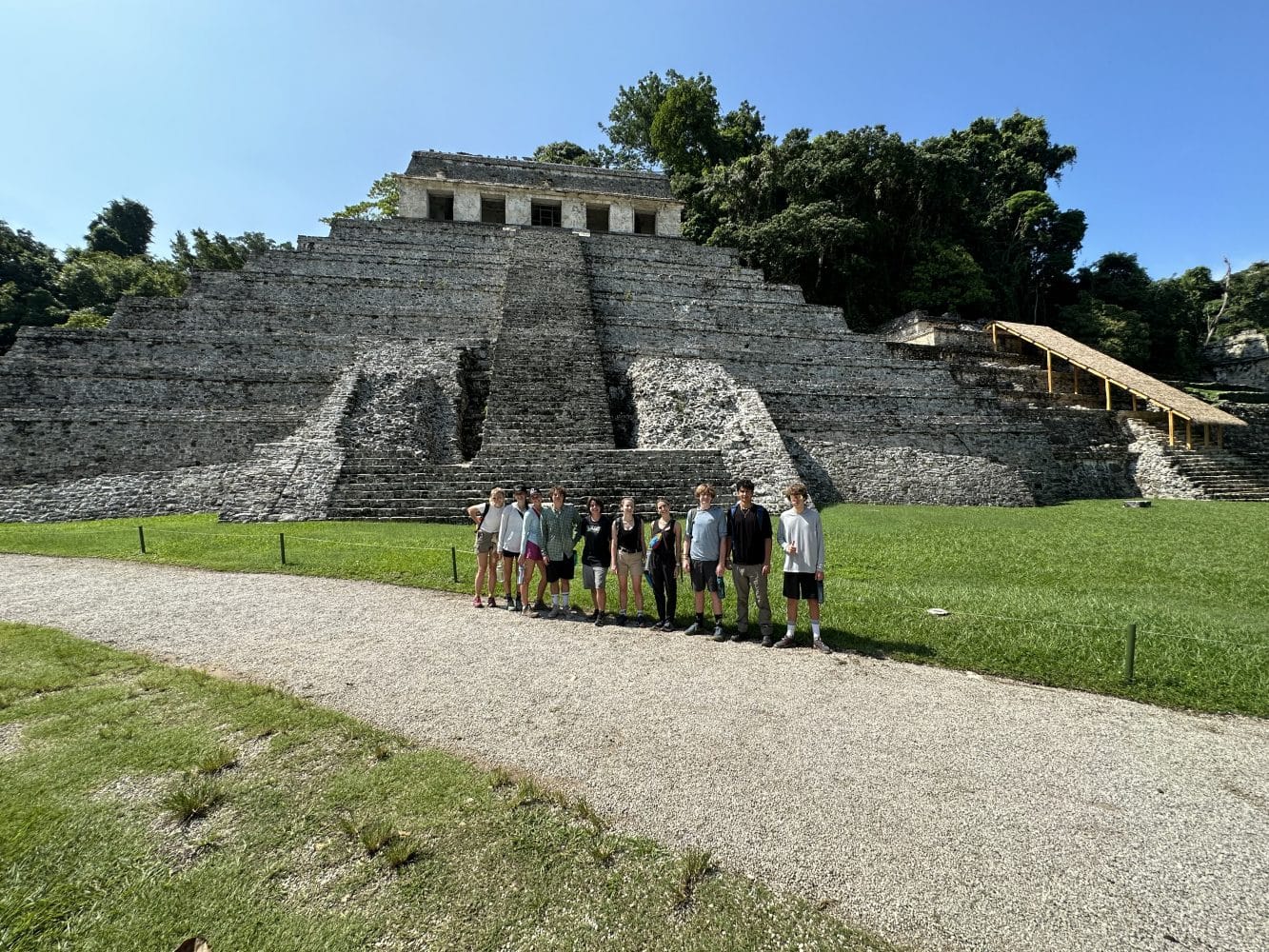
The stories from this expedition are varied and powerful. We visited the Guatamala border in an international peace park. We learned rainforest ethnobotany from a Lacandonian guide. We had a seminar on evolutionary biology and rainforest biodiversity just a day later. In Villacorzo, we toured the urban art installations of Arnulfo Saldana Grajales, with, Arnulfo, the architect who reimagined the entire city, murals to plazas. We witnessed a melding of Maya and Catholic religious rituals in Chamula San Juan. We were served the best meal of the trip from a group of Maya women in Zinacantan who showed us their traditional weaving practices and clothing. Zinacantan is over 90% indigenous Maya, just 5 miles from the colonial city center of San Cristobal. We experienced the tensions between different sovereign (and non-sovereign) groups at a military roadblock on our way to Guacamayas ecotourism center. We danced to marimba music in the Plaza of San Cristobal. We saw the Treaty signed between the PRI and the EZLN on a slim road outside of the city center in San Cris. We observed up petrified seashells and tree trunks in the creeks around Palenque. We discussed the cycle of revolution against globalism, and the hard path of immigration through the Guatemala border, after spending a day on the border highway, driving through towns named after Emeliano Zapata.
In many places we can talk about ideas like indigenous rights and sovereignty, poverty, land-use, deforestation, the arc of civilizations, the cost of globalism, the complexities of immigration, and the impacts of isolation and destabilization. Chiapas is a story of all of these things, all of the time. Our students navigated these issues firsthand, with aplomb. They learned on car rides, by observing. They asked questions in Spanish and worked to understand the answers. They pushed Heather and I, our experts, and each other, consistently in the pursuit of contextualizing complex ideas. They saw the very real collision of these human forces firsthand, and I couldn’t be prouder of them.
If you are curious about our readings, the seniors loved the full book we read, the first on this list:
- The Lost City of the Monkey God, by Douglas Preston
- Selections from Collapse, by Jared Diamond
- Selections from Guns, Germs, and Steel, by Jared Diamond
- Selections from Tales of Shaman’s Apprentice, by Marc Plotkin
Photo Gallery
